Forests in the Anthropocene

Battle Park, NC (3), version 1 (2020), solarized and roasted gelatin silver print, 14x11”
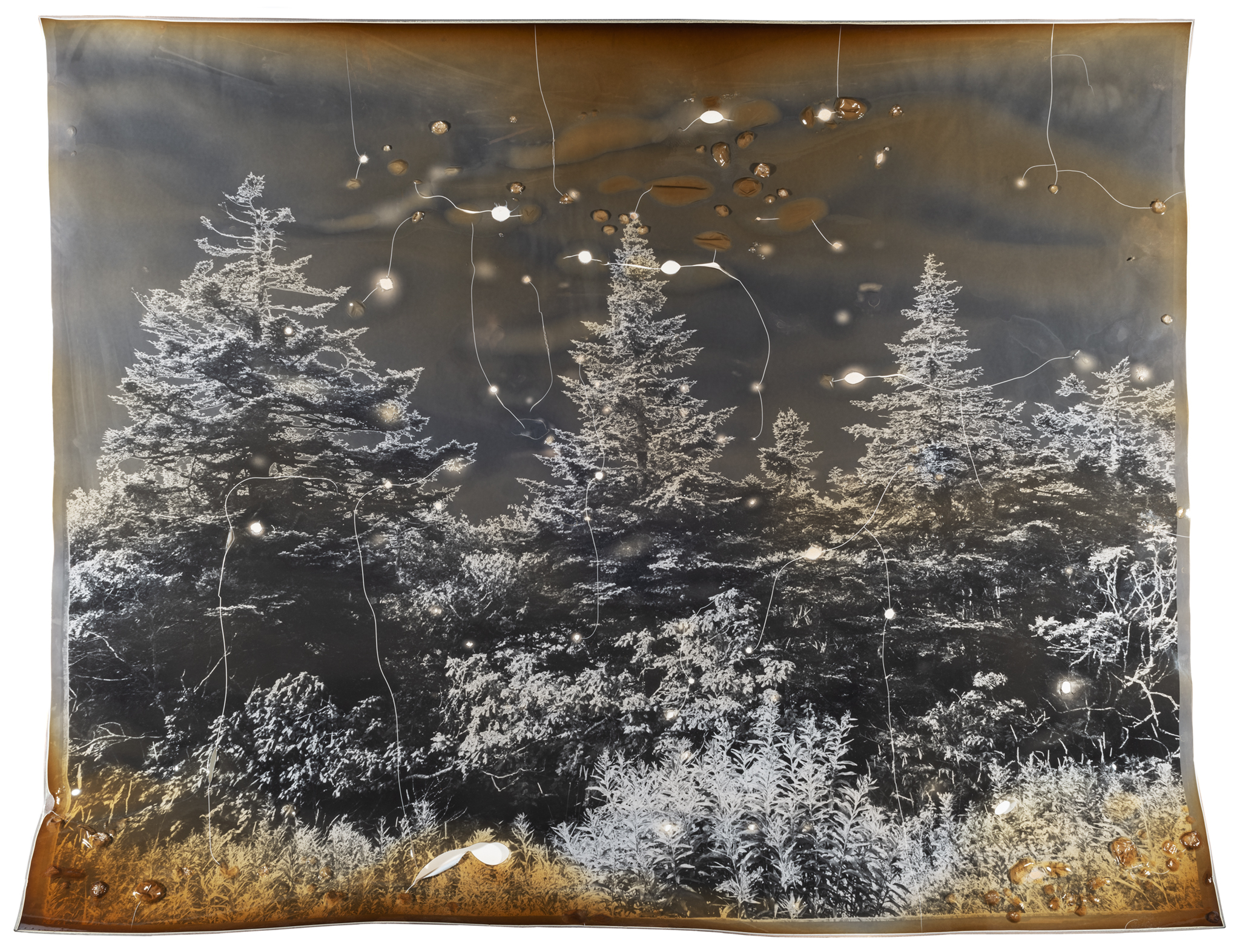
Mount Greylock, MA (2), version 1 (2021), solarized and roasted gelatin silver print, 16x20”
 Rumbling Bald, NC (1), version 1 (2021), solarized and roasted gelatin silver print, 8 x 10”
Rumbling Bald, NC (1), version 1 (2021), solarized and roasted gelatin silver print, 8 x 10” 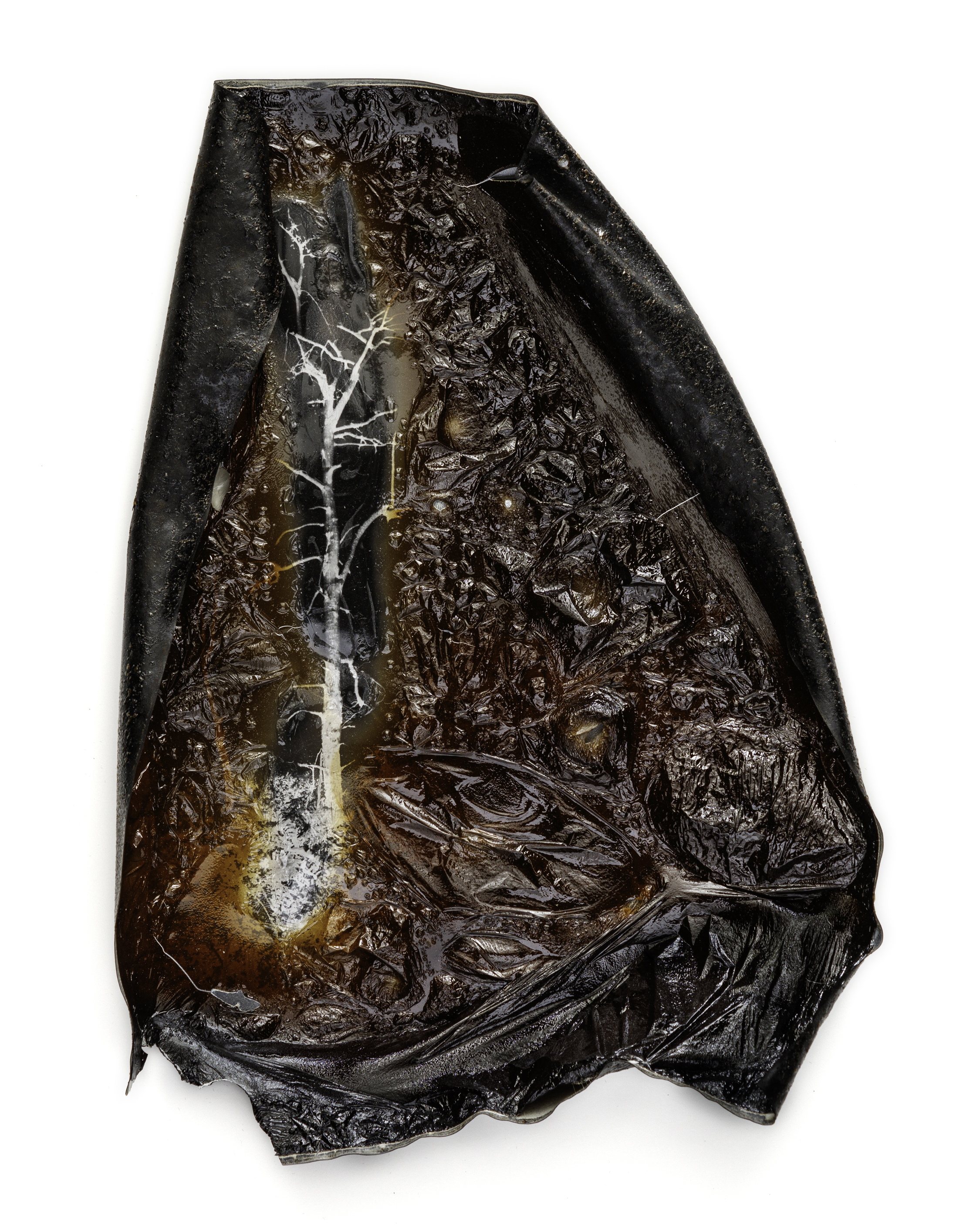
Rumbling Bald, NC (5), version 1 (2021) solarized and burned gelatin silver print, 9.75 x 7.5 inches (burned) 10 x 8 inches (paper size) (Photograph © Dot Editions 2021)
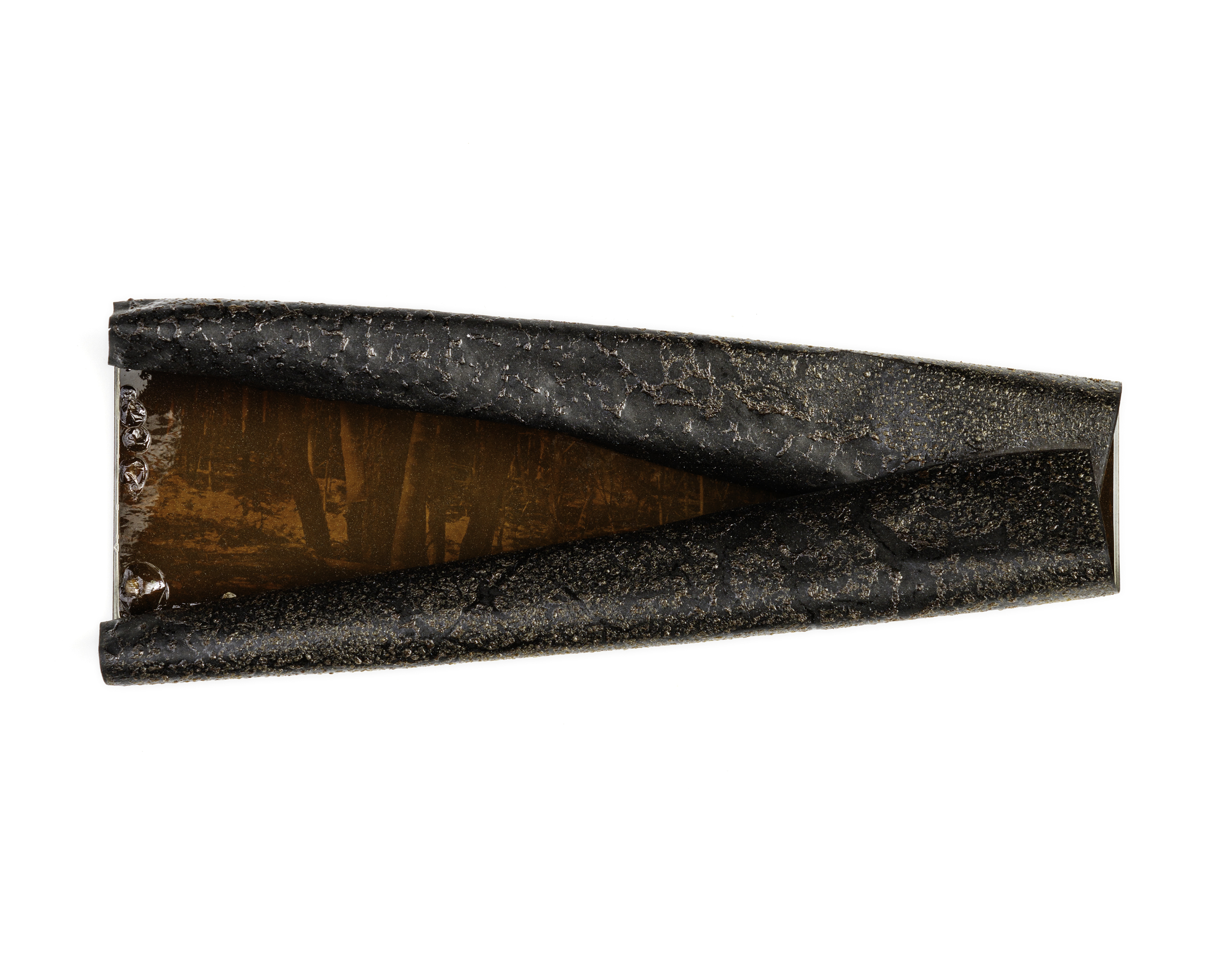
Hemlock Bluffs Nature Preserve, NC (2), version 4 (2021), solarized and burned gelatin silver print, 4 x 10 inches (burned) 8 x 10 inches (paper size) (Photograph © Dot Editions 2021)

Rumbling Bald, NC (4), version 1 (2021), solarized and burned gelatin silver print, 10 x 8”
 Rumbling Bald, NC (3), version 1, (2021), solarized and burned gelatin silver print, 6.74 x 9.5 inches (burned 8 x 10 inches (paper size)
Rumbling Bald, NC (3), version 1, (2021), solarized and burned gelatin silver print, 6.74 x 9.5 inches (burned 8 x 10 inches (paper size)
“Forests in the Anthropocene” is a photography project that explores the effects of human-made climate change on forests. Forests are major carbon sinks and remain one of the most critical ecosystems to preserve, covering 31% of the globe’s land surface, with half of the world’s forests having their homes in the Russian Federation, Brazil, Canada, the United States of America, and China[1].
Forests are essential for biodiversity, water and oxygen supply, food production, livelihoods, and climate change mitigation. However, deforestation and degradation continue at alarming rates, which, alongside increased carbon dioxide in the atmosphere, lead to increasing average and extreme temperatures across the globe.
Depending on their geographic location, trees face a variety of climate change impacts from rising temperatures to drought, fires, invasive pests, flooding, storms, sea level rise, or saltwater intrusion. Using 4x5 film and a large format camera, I photographed forests in two U.S. states and climate zones (North Carolina and Massachusetts) to show the impacts of global warming.
[1]
FAO and UNEP. 2022. The State of the World’s Forests 2022. Forests, biodiversity and people. Rome. https://www.fao.org/documents/card/en/c/cb9360en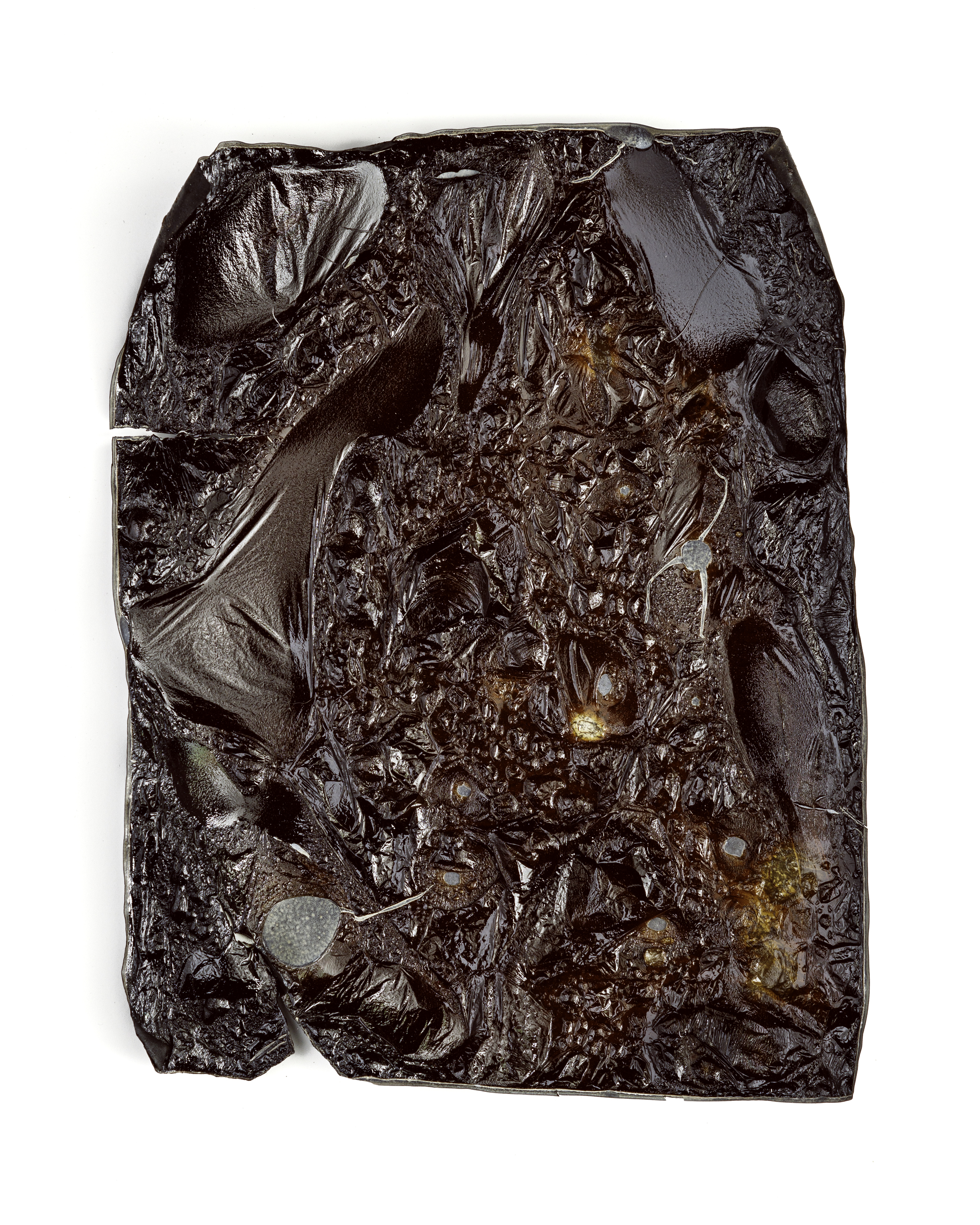 Rumbling Bald, NC (4), version 2 (2021), solarized and burned gelatin silver print on glossy RC paper, 9.75 x 7.5 inches (burned) 10 x 8 inches (paper size) (Photograph © Dot Editions 2021)
Rumbling Bald, NC (4), version 2 (2021), solarized and burned gelatin silver print on glossy RC paper, 9.75 x 7.5 inches (burned) 10 x 8 inches (paper size) (Photograph © Dot Editions 2021)
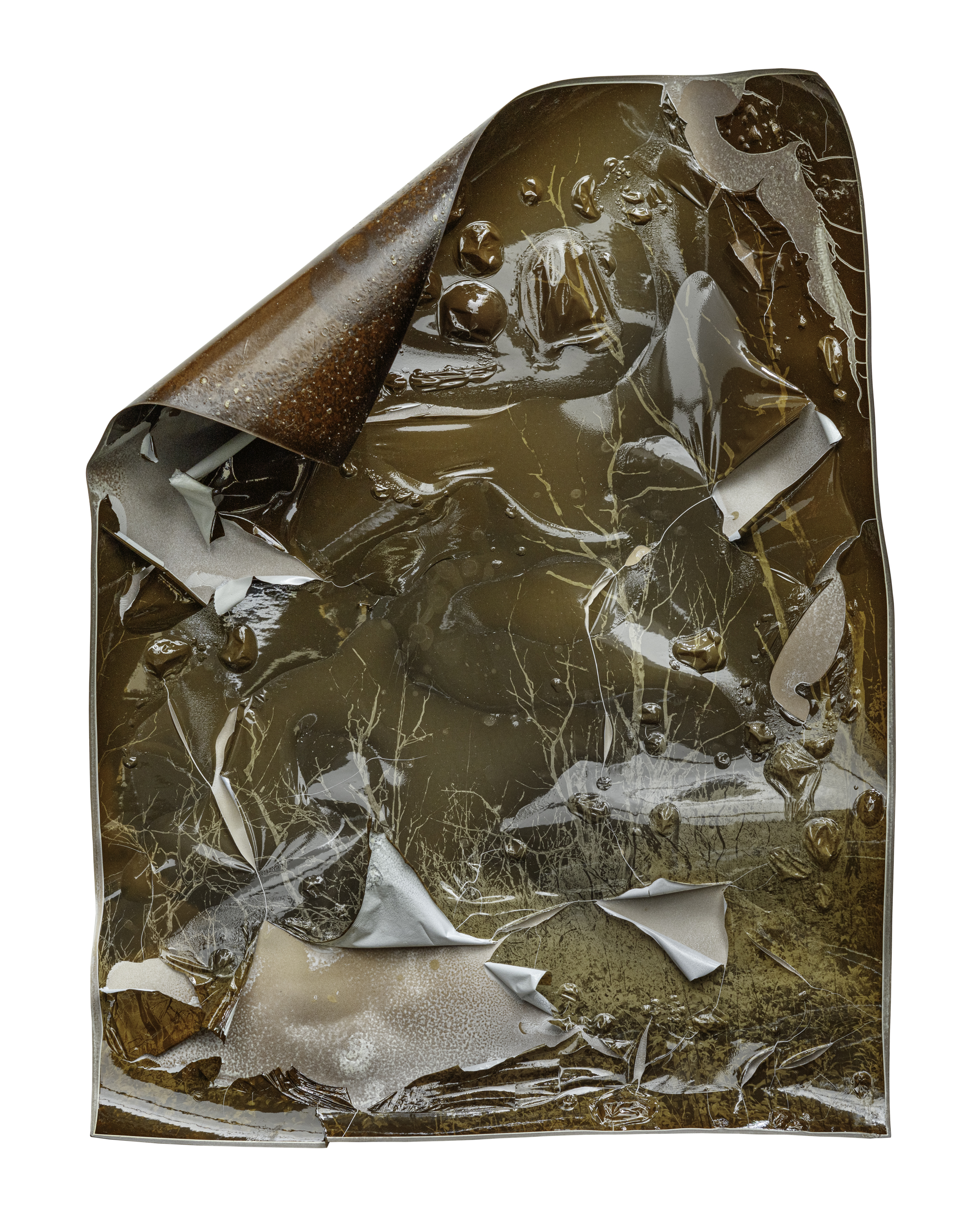 Wayah Bald, NC (3), version 2 (2021), solarized and roasted gelatin silver print on glossy RC paper, 14 x 11” (Photograph © Dot Editions 2021)
Wayah Bald, NC (3), version 2 (2021), solarized and roasted gelatin silver print on glossy RC paper, 14 x 11” (Photograph © Dot Editions 2021)2019 - Ongoing
Different Sizes
Unique Gelatin Silver Prints and
Archival Pigment Prints, Edition of 5 (1 AP)
 Wayah Bald, NC (1), version 1 (2021), solarized gelatin silver print, 24 x 20”
Wayah Bald, NC (1), version 1 (2021), solarized gelatin silver print, 24 x 20” 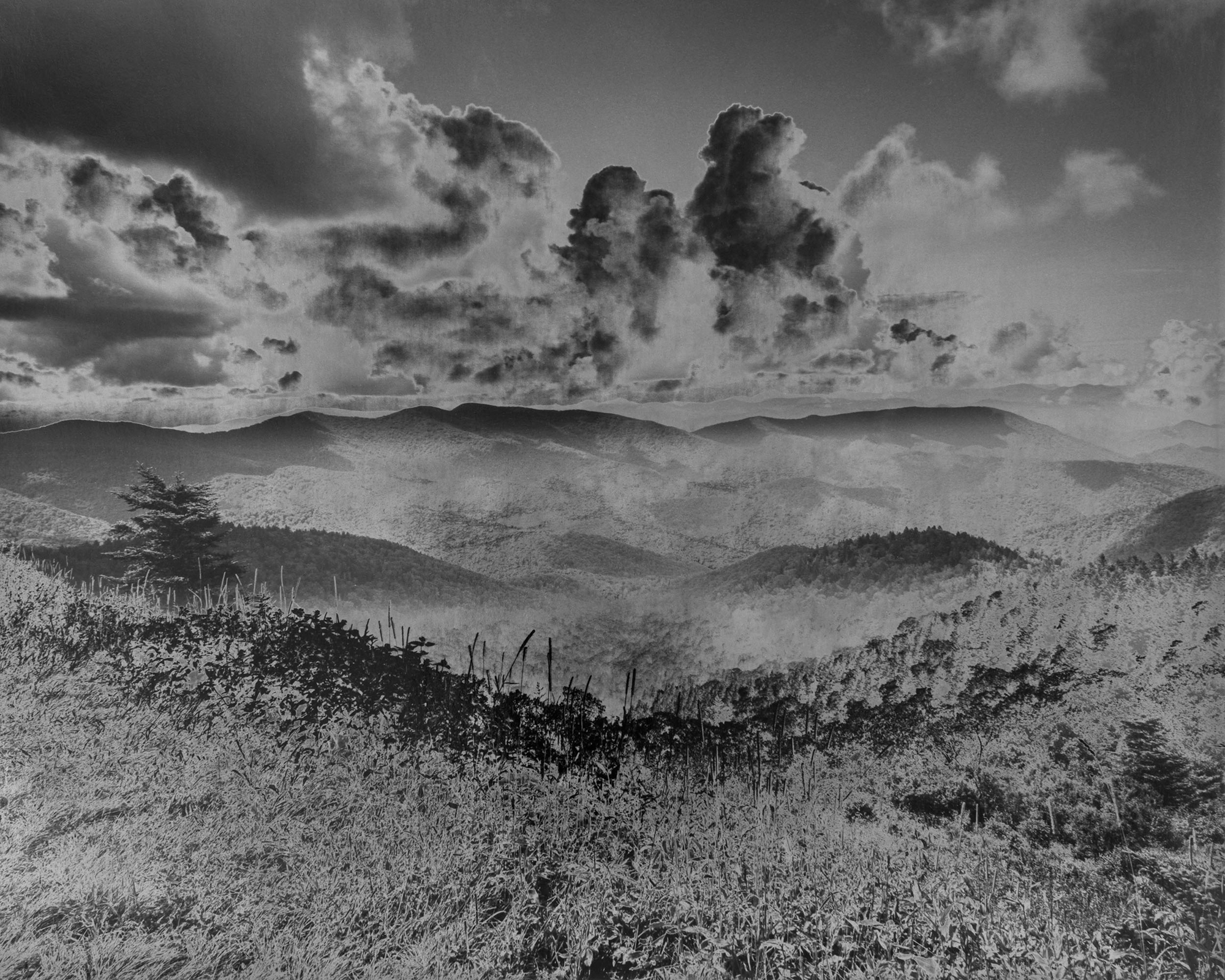 Blue Ridge Parkway, NC (1), version 1 (2021),
solarized gelatin silver print, 11 x 14”
Blue Ridge Parkway, NC (1), version 1 (2021),
solarized gelatin silver print, 11 x 14” Harvard Forest, MA (1), version 1 (2021), solarized and ripped gelatin silver print, 16 x 20”
Harvard Forest, MA (1), version 1 (2021), solarized and ripped gelatin silver print, 16 x 20”
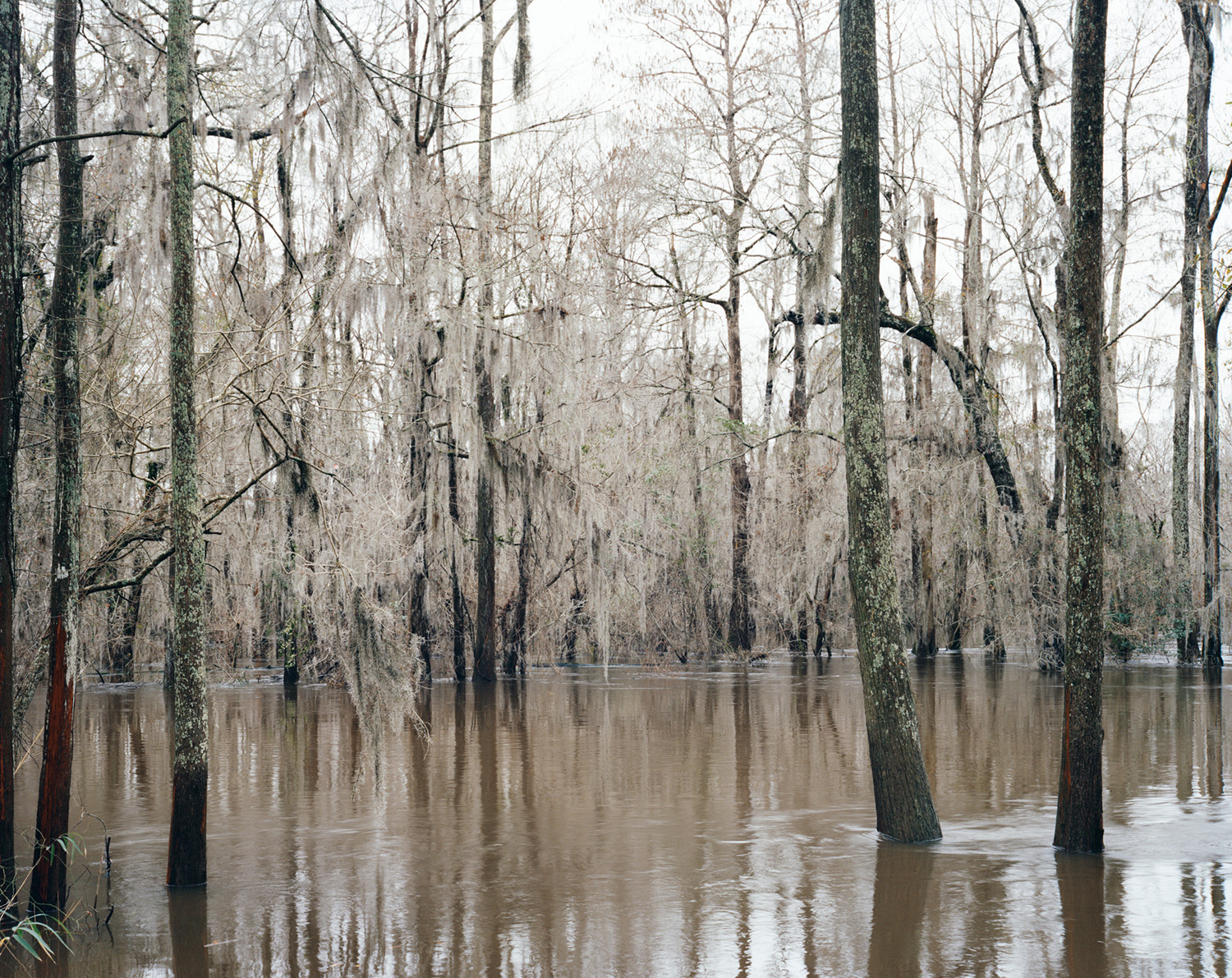 Lumber River, NC (1), (2021), archival pigment print, 30 x 37.5”
Lumber River, NC (1), (2021), archival pigment print, 30 x 37.5”
I used specific photographic processes to represent each impact. For example, I invoke warming through solarizing prints in the darkroom; drought with solarized prints roasted in a kiln; sea level rise by mirroring gelatin silver prints; saltwater intrusion by adding sea salt from the North Carolina coast. The resulting photographs are presented as an installation with both color and black and white photographs.
 Nags Head Woods Preserve, NC (1) (2021), archival pigment print, 24 x 20”
Nags Head Woods Preserve, NC (1) (2021), archival pigment print, 24 x 20”
![]() The Frying Pan, NC (1) (2021), archival pigment print, 8 x 10”
The Frying Pan, NC (1) (2021), archival pigment print, 8 x 10”
![]()
Alligator River National Wildlife Refuge, NC (1), version 1 (2021) archival pigment print, 8 x 10”
![]()
Alligator River National Wildlife Refuge, NC (2), version 1 (2021) archival pigment print, 8 x 10”
 The Frying Pan, NC (1) (2021), archival pigment print, 8 x 10”
The Frying Pan, NC (1) (2021), archival pigment print, 8 x 10”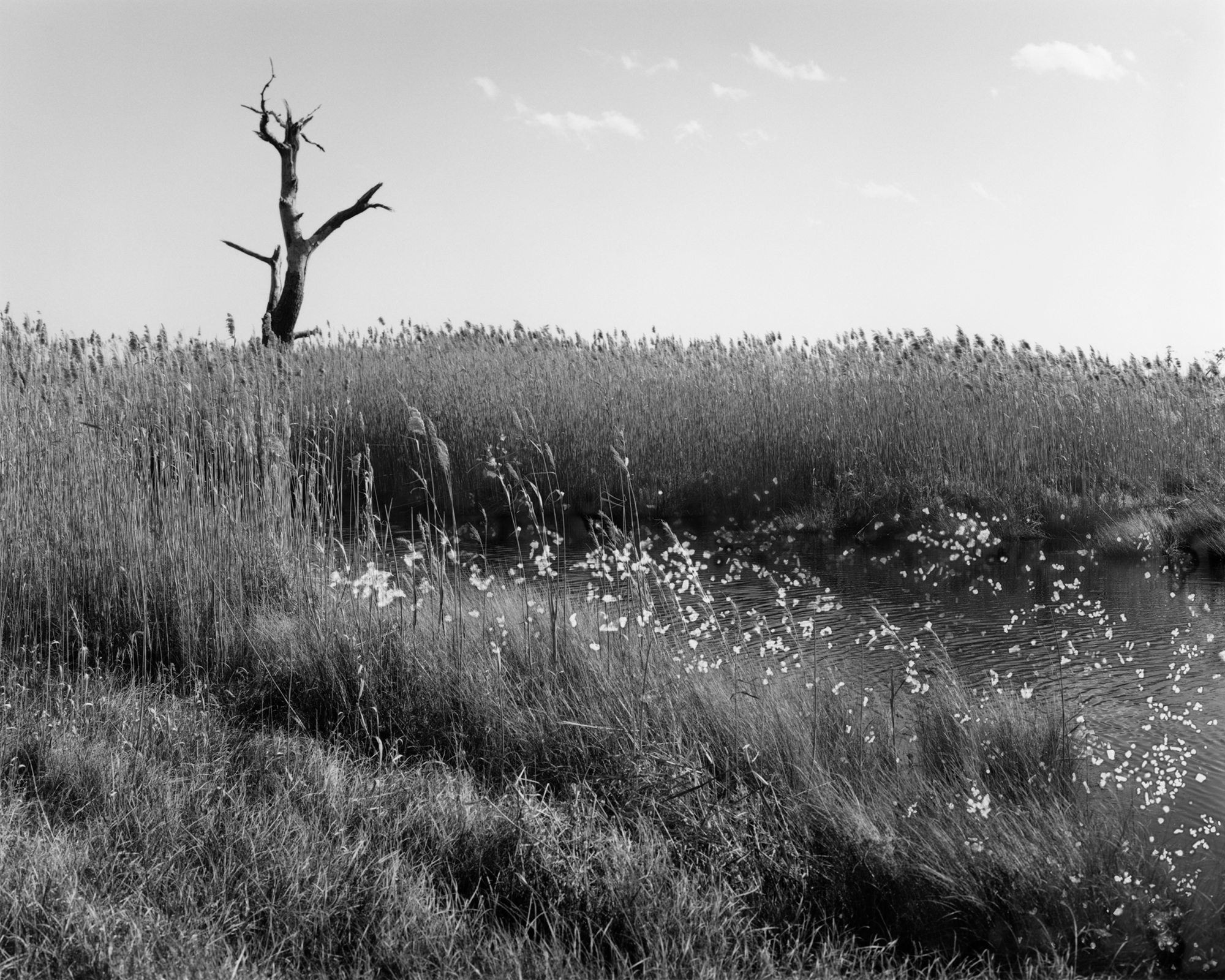
Alligator River National Wildlife Refuge, NC (1), version 1 (2021) archival pigment print, 8 x 10”

Alligator River National Wildlife Refuge, NC (2), version 1 (2021) archival pigment print, 8 x 10”
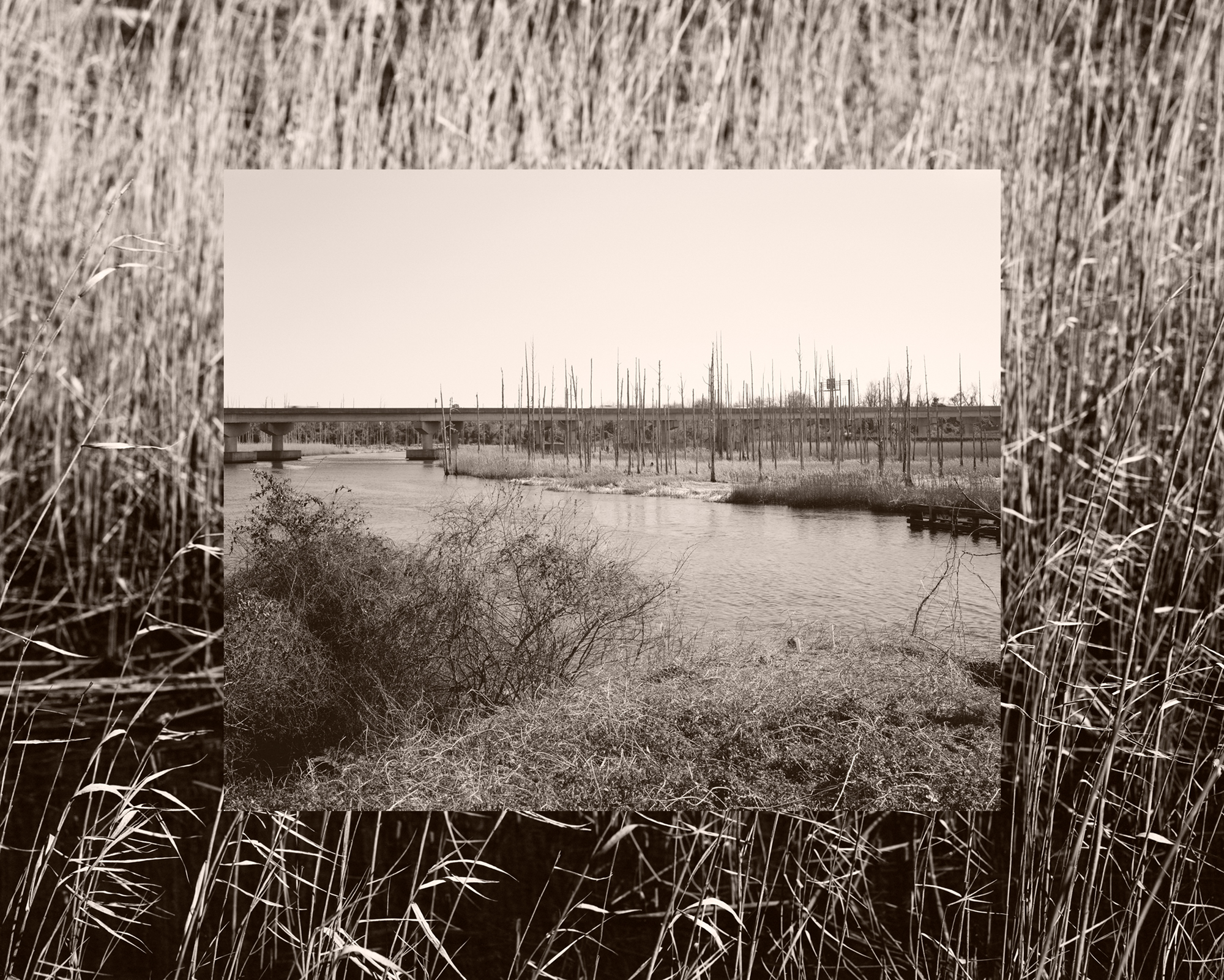 Cape Fear River, NC (1), (2022),
archival pigment print, 8 x 10”
Cape Fear River, NC (1), (2022),
archival pigment print, 8 x 10”
Photography creates a plethora of carbon emissions, such as traveling to locations, shipping, and supplies such as paper and darkroom chemicals, among others. I tried to stay local as much as possible to emit as little carbon as possible. The first part of the project was photographed in Massachusetts while I was attending a residency at the Massachusetts Museum of Contemporary Art and while a visiting researcher at Harvard Forest in 2019. The second part of the project was photographed in North Carolina, where I lived for several years until 2022. I would like to thank Prof. Peter White (UNC Chapel Hill), Robert Leverett, the researchers from Harvard Forest and the Southern Research Station for their scientific input.
The carbon emissions created with this project were offset through www.carbonfootprint.com.
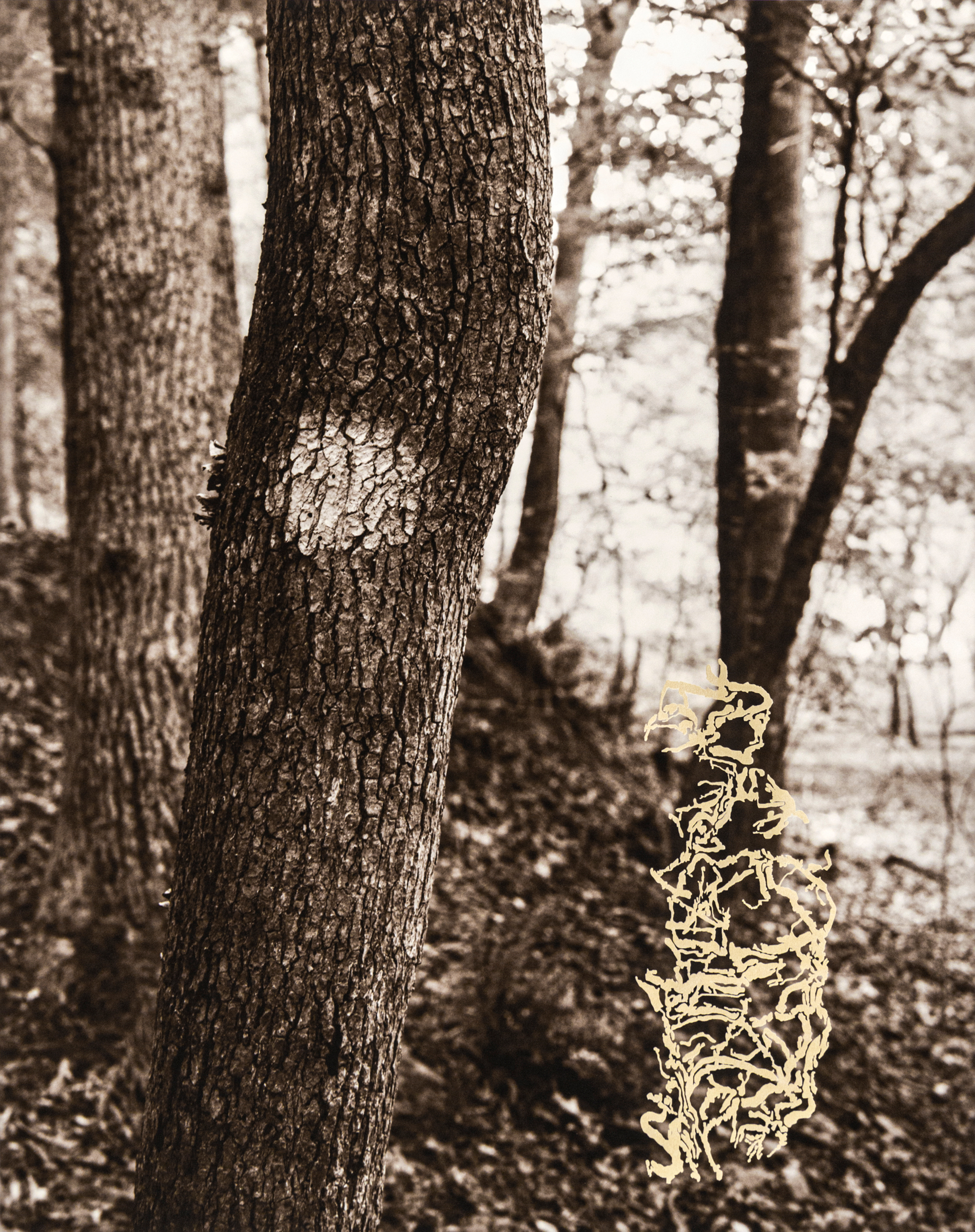
Eno River, NC (1) (2021) laser-etched archival pigment print, 20 x 16”
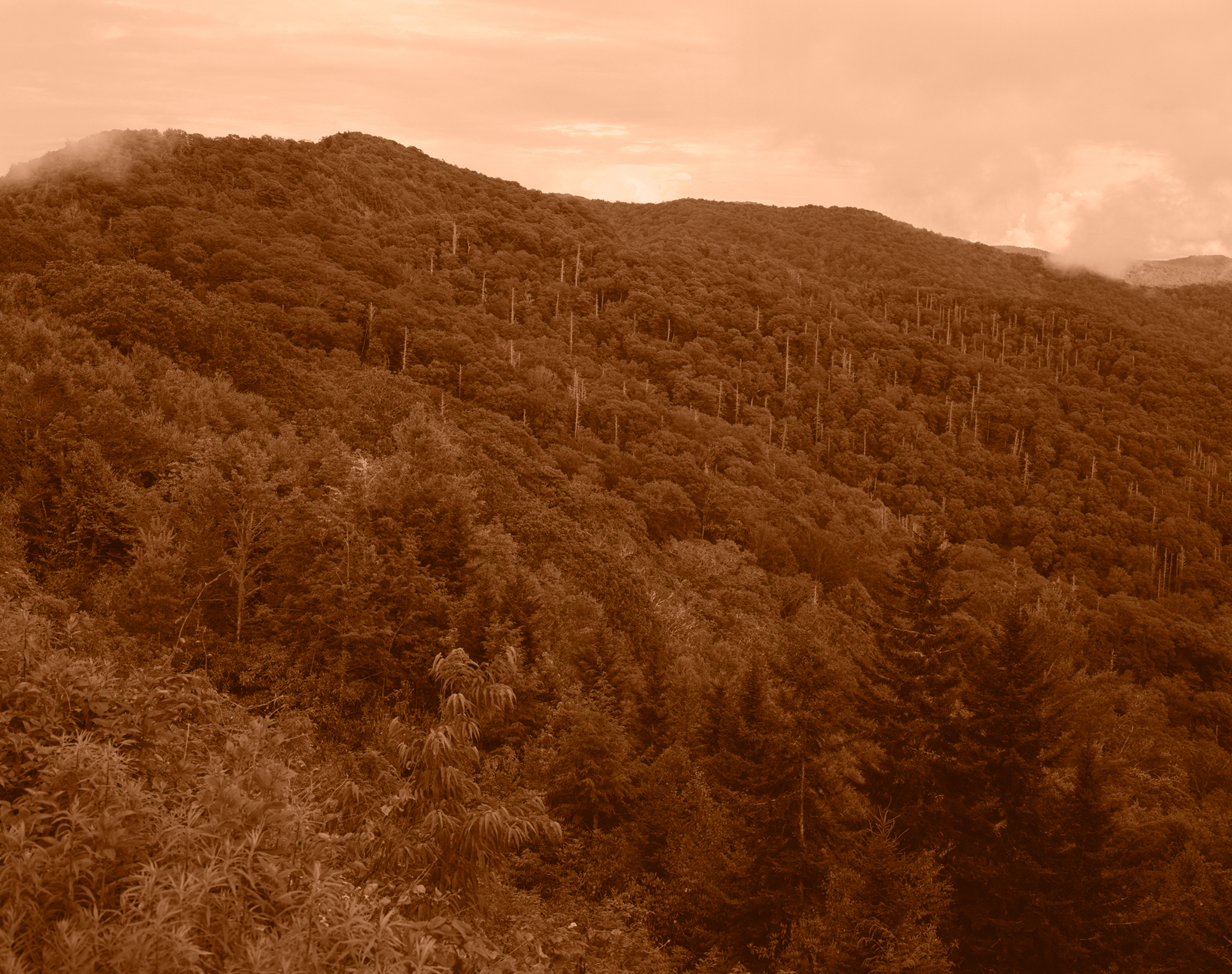 Clingman’s Dome, NC (1) (2022), archival pigment print, 30 x 37.5”
Clingman’s Dome, NC (1) (2022), archival pigment print, 30 x 37.5”